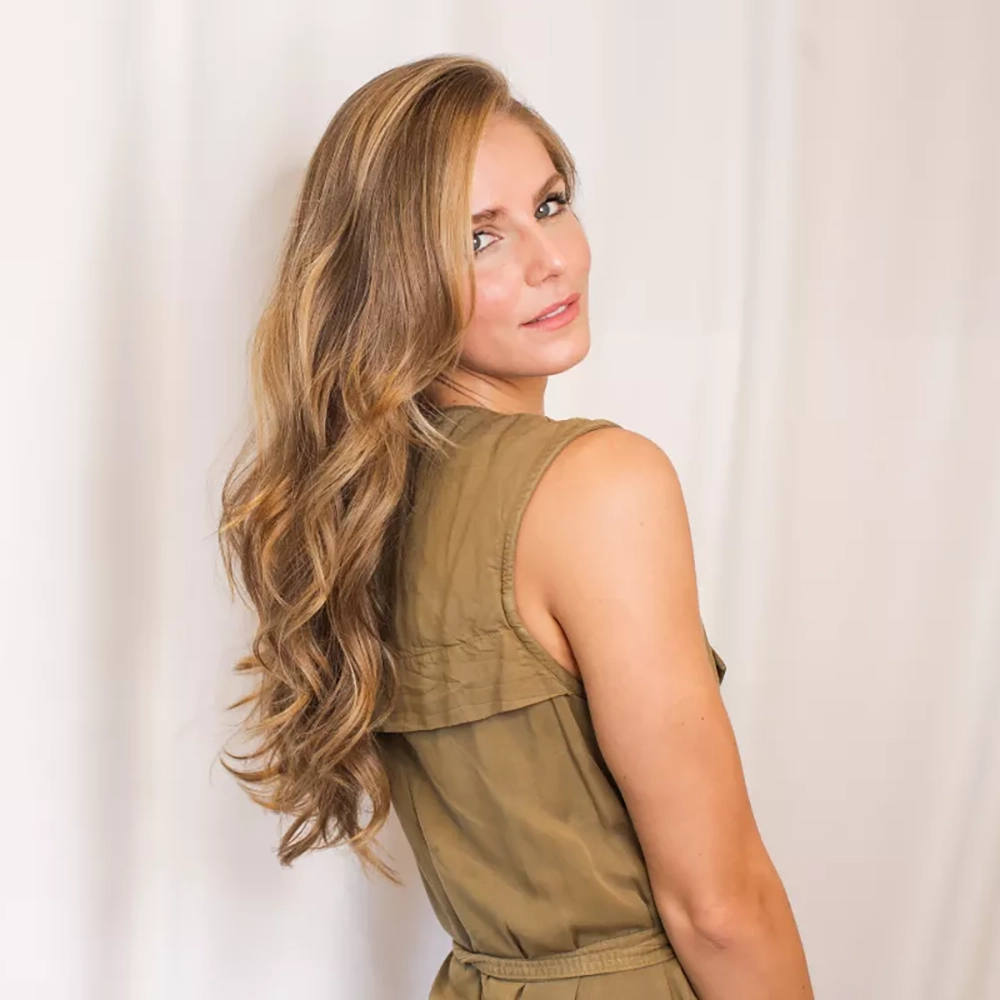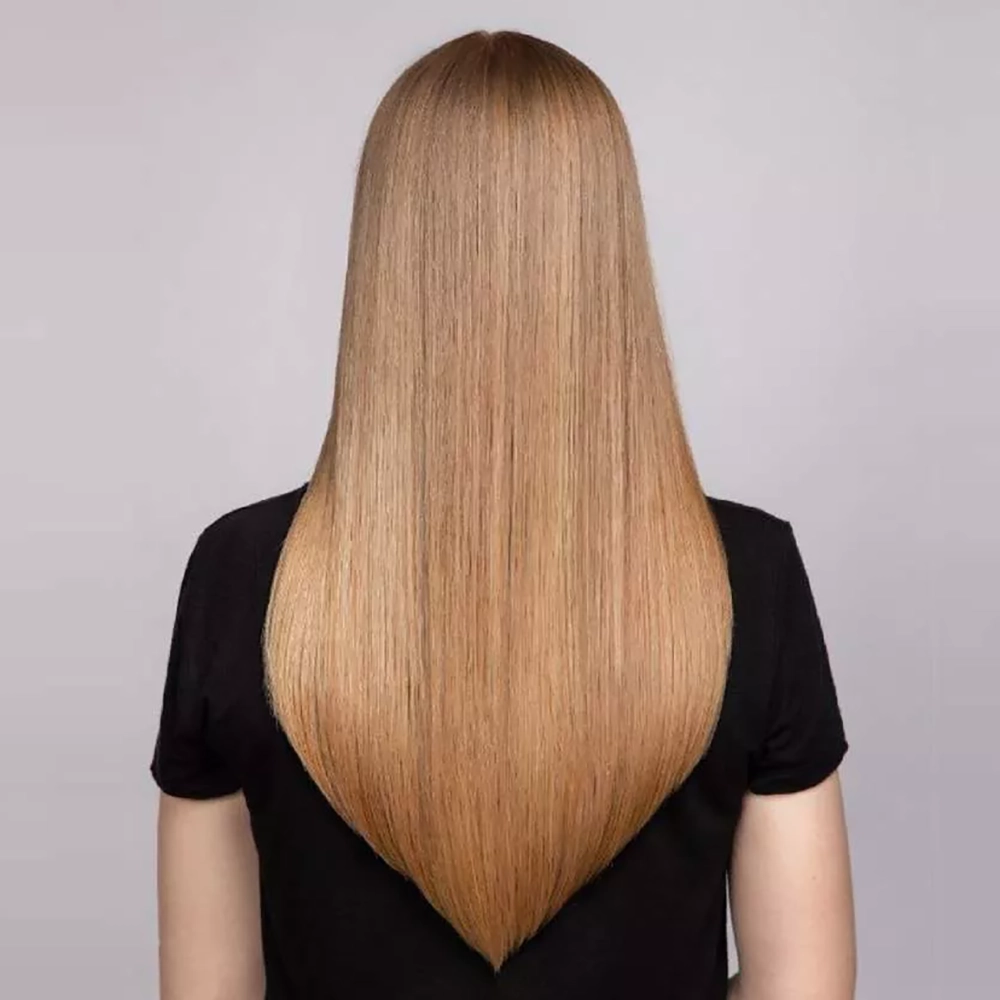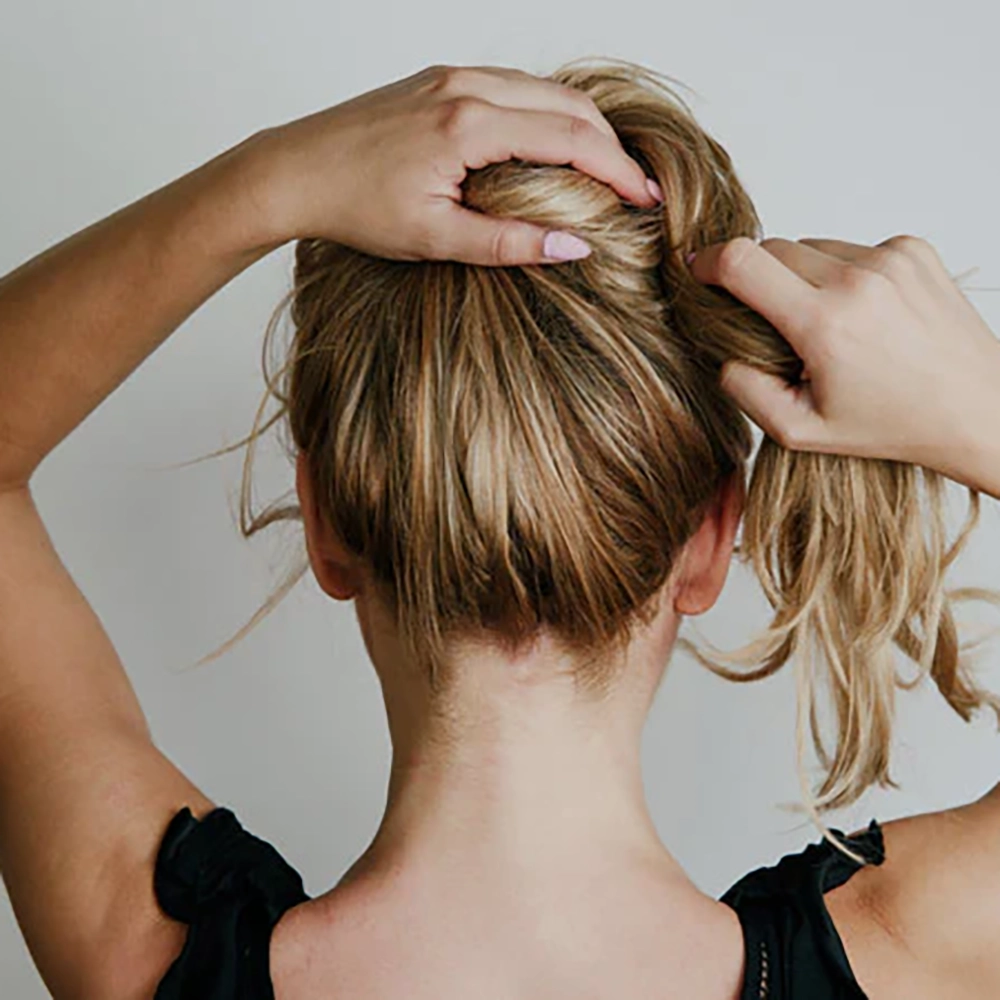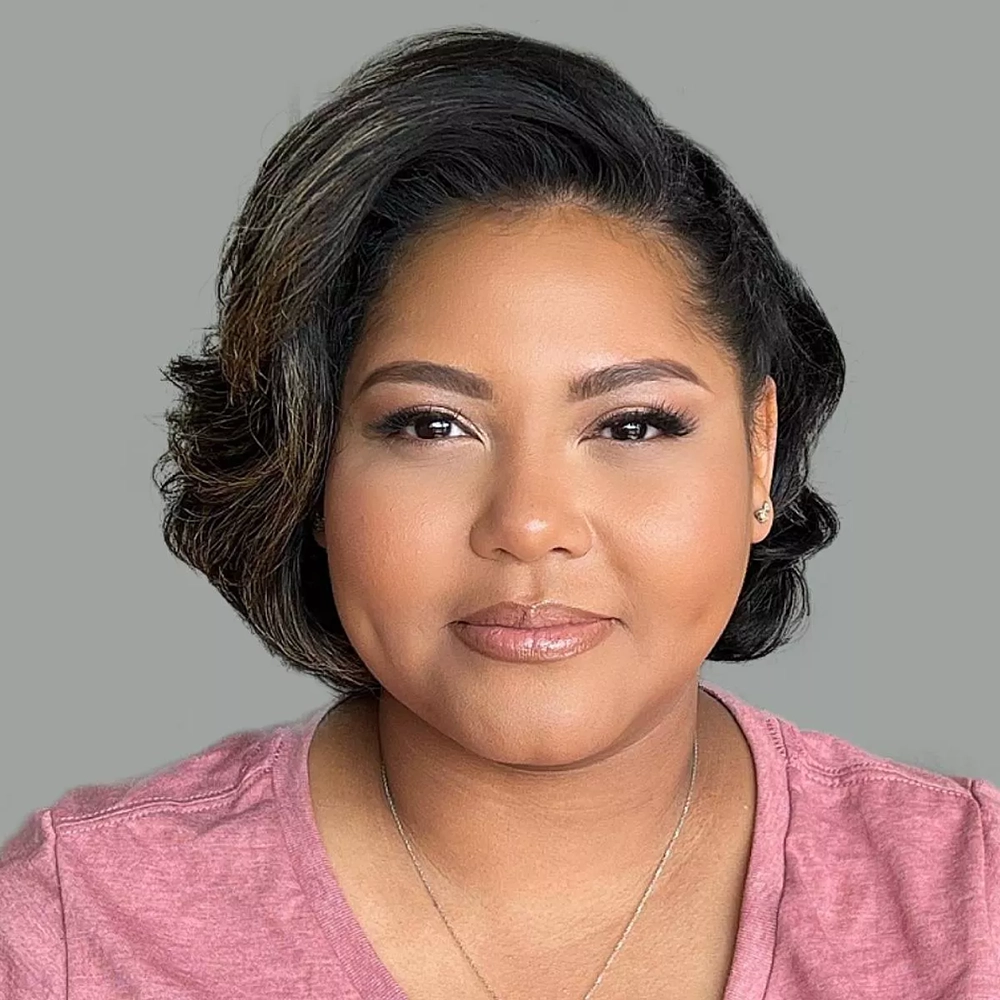Determining your hair type and needs
Determining your hair type and needs is crucial in order to properly care for your hair and achieve the desired results. Every individual has different hair types, which can be classified into various categories such as straight, wavy, curly, or coily. Additionally, factors such as hair thickness, density, and porosity also play a role in determining the specific needs of your hair.
One way to determine your hair type is by observing how it naturally dries after washing. If your hair dries straight without any visible waves or curls, you likely have straight hair. On the other hand, if your hair forms the shape of an “S” or has loose curls, your hair is categorized as wavy. If your hair forms tight curls or coils, you have curly or coily hair respectively. It’s important to note that you may have a combination of different hair types, especially if you have layers or varied textures throughout your hair.
Understanding the needs of your hair type is essential in order to properly care for it. For example, those with straight hair often find that their hair becomes oily more quickly, while curly or coily hair tends to be drier. This knowledge allows you to choose appropriate hair products and develop a personalized hair care routine. It is recommended to use shampoos and conditioners specifically formulated for your hair type, as they are designed to address the unique needs and challenges of each hair type.
Moreover, aside from hair type, other factors such as hair thickness, density, and porosity should also be taken into consideration. Hair thickness refers to the diameter of individual hair strands, while hair density refers to the number of hair strands on your scalp. Determining your hair’s porosity level is important as it determines how well your hair can absorb and retain moisture. Low porosity hair has tightly closed cuticles, making it resistant to moisture absorption, while high porosity hair has open cuticles, leading to quick moisture loss.
- Key points:
- Determining your hair type and needs is important for proper hair care.
- Hair types include straight, wavy, curly, and coily.
- Observe how your hair naturally dries to determine its type.
- Choose hair products and develop a routine based on your hair type.
- Consider other factors such as hair thickness, density, and porosity.
| Hair Type | Description |
|---|---|
| Straight | Hair dries straight without visible waves or curls. |
| Wavy | Hair forms the shape of an “S” or has loose curls. |
| Curly | Hair forms tight curls. |
| Coily | Hair forms tight coils. |
Understanding the impact of washing frequency
When it comes to washing our hair, we often find ourselves questioning how often we should do it. Does washing our hair daily cause damage? Is it better to wash it less frequently? Understanding the impact of washing frequency on our hair is essential for maintaining its health and appearance.
Firstly, it is important to note that every individual’s hair is unique, and what works for one person may not work for another. Determining your hair type and needs plays a crucial role in understanding the impact of washing frequency. Different hair types require different levels of moisture and care. For example, individuals with oily hair may need to wash their hair more frequently to remove excess oil, while those with dry hair may benefit from washing less often to retain natural oils.
Secondly, frequent washing can have both positive and negative effects on our hair. Washing our hair frequently helps to remove dirt, oil, and product build-up, keeping our scalp clean and healthy. However, excessive washing can strip the hair of its natural oils, leading to dryness and potential damage. Finding the right balance is crucial to maintain a healthy scalp and hair.
| Positive Effects of Frequent Washing | Negative Effects of Frequent Washing |
|---|---|
|
|
Lastly, it is important to consider various factors when determining the appropriate washing frequency for your hair. Factors such as your lifestyle, physical activity, and exposure to environmental pollutants play a significant role. Individuals who exercise frequently or are exposed to pollution may need to wash their hair more frequently to maintain cleanliness, whereas those with a less active lifestyle may be able to wash their hair less often.
In conclusion, understanding the impact of washing frequency on our hair is essential for its health and appearance. Determining your hair type and needs, finding the right balance, and considering various factors are all crucial when deciding how often to wash your hair. Remember, what works for someone else may not work for you, so it’s important to listen to your hair’s specific needs and adjust your washing frequency accordingly to keep it healthy and beautiful.
Factors to consider for long hair
When it comes to taking care of long hair, there are several factors that need to be considered in order to maintain its health and beauty. Hair type, hair texture, and scalp condition are all important factors to take into account. Each person’s hair is unique, and understanding these factors will help you develop a personalized hair care routine that meets the specific needs of your long locks.
Hair type plays a significant role in determining the products and treatments that are best suited for your hair. There are generally four hair types: straight, wavy, curly, and coily. Straight hair tends to be oilier and requires regular washing to keep it clean. Wavy hair is prone to frizz and can benefit from products that enhance its natural texture. Curly hair is typically dry and requires extra moisture to prevent breakage. Coily hair is highly textured and requires special care to maintain its elasticity. Understanding your hair type will help you choose the right products for cleansing, conditioning, and styling.
Hair texture refers to the diameter of individual hair strands and can range from fine to coarse. Fine hair is more delicate and prone to breakage, while coarse hair is thicker and requires products that provide extra hydration and moisture. Determining your hair texture will help you select the appropriate hair care products and styling techniques that will contribute to the overall health and appearance of your long locks.
Scalp condition is often overlooked but is crucial for maintaining healthy long hair. A dry, itchy scalp can lead to dandruff and hair loss, while a oily scalp can cause greasiness and buildup. Balancing the scalp’s moisture levels is essential for promoting strong and healthy hair growth. Consider using gentle, sulfate-free shampoos and incorporating scalp treatments or massages to stimulate blood circulation and nourish the scalp.
To sum up, when it comes to caring for long hair, factors such as hair type, hair texture, and scalp condition play a vital role. Understanding these factors will guide you in choosing the right products, techniques, and routines to keep your long locks looking their best. Taking the time to assess and address these factors will ensure that your long hair remains healthy, vibrant, and beautiful for years to come.
Finding the right balance for your hair
The right balance of hair care is crucial in maintaining healthy and beautiful hair. It involves finding the perfect harmony between washing frequency, conditioning, and styling. It’s important to understand that everyone’s hair is different and what works for one person may not work for another. In this blog post, we’ll explore some factors to consider when finding the right balance for your hair.
Hair Type: The first step in finding the right balance is to determine your hair type. Is it oily, dry, or a combination of both? Knowing your hair type will help you choose the appropriate products and develop a hair care routine that caters to its specific needs.
Washing Frequency: Washing your hair too often or not often enough can disrupt its natural balance. For oily hair, frequent washing may be necessary to remove excess oil, while dry hair may require less frequent washing to prevent further drying. Experiment with different washing schedules to find what works best for your hair.
Conditioning: Conditioning is an essential step in maintaining the right balance for your hair. It helps to keep your hair moisturized, nourished, and tangle-free. Use a conditioner suitable for your hair type and apply it from mid-length to the ends. Avoid applying conditioner to the roots, as this can weigh down the hair and make it appear greasy.
Styling: Finding the right balance also involves considering your styling routine. Excessive heat styling, chemical treatments, and tight hairstyles can damage your hair and lead to breakage. Opt for heat protectant products, minimize the use of hot tools, and choose hairstyles that don’t put too much strain on your strands. Additionally, using quality styling products and accessories can help maintain the balance of your hair.
In conclusion, finding the right balance for your hair requires understanding your hair type, determining the appropriate washing frequency, using the right conditioner, and adopting a mindful styling routine. Take the time to experiment and listen to your hair’s needs. With a little trial and error, you’ll be able to establish a hair care routine that leaves your locks looking and feeling their best.
Creating a personalized hair washing schedule
Creating a personalized hair washing schedule is essential for maintaining healthy and beautiful hair. Every individual’s hair type and needs are unique, and understanding them is crucial in order to determine the frequency and method of washing. Proper hair washing not only removes dirt and impurities but also helps to keep the scalp healthy and provide essential moisture to the hair shaft. In this blog post, we will discuss the factors to consider and the steps to follow in order to create a personalized hair washing schedule that suits your hair type and needs.
Factors to consider for creating a personalized hair washing schedule:
- Hair type: Different hair types have different requirements when it comes to washing. For example, individuals with oily hair may need to wash their hair more frequently compared to those with dry hair.
- Scalp condition: If you have a dry or sensitive scalp, frequent washing may strip away the natural oils and lead to further dryness and irritation. On the other hand, if you have a oily scalp, regular washing may be necessary to prevent it from becoming greasy.
- Hair texture: Coarse hair may require less frequent washing as it tends to be drier and less prone to oiliness, while fine hair may need more frequent washing as it can become oily quickly.
- Styling products: If you use a lot of styling products such as hairspray, gels, or serums, you may need to wash your hair more often to remove the build-up and prevent product residue from weighing down your hair.
Steps to follow for creating a personalized hair washing schedule:
| Step | Description |
|---|---|
| 1 | Determine your hair type and needs |
| 2 | Consider your scalp condition |
| 3 | Assess your hair texture |
| 4 | Evaluate your use of styling products |
| 5 | Take into account your lifestyle and activities |
| 6 | Experiment with different washing frequencies |
| 7 | Observe the condition of your hair and scalp |
| 8 | Adjust your hair washing schedule accordingly |
Creating a personalized hair washing schedule requires some trial and error. It is important to find the right balance that keeps your hair clean, healthy, and manageable without over-washing or stripping away essential oils. By considering factors such as hair type, scalp condition, and lifestyle, you can create a schedule that works best for you. Remember to adapt and adjust your schedule as needed based on the condition of your hair and scalp. Follow your hair’s unique needs and enjoy the rewards of well-maintained and gorgeous hair!
Tips for maintaining healthy long hair
When it comes to having long, healthy hair, there are certain tips and practices that can make all the difference. Maintaining the health and vitality of long hair requires consistent care and attention. In this blog post, we will discuss some essential tips for maintaining healthy long hair. These tips can help you prevent damage, promote growth, and keep your locks looking their best.
Tip 1: Regular Trimming
Contrary to popular belief, trimming your hair regularly is actually essential for maintaining its health and preventing split ends. While it may seem counterintuitive to cut your hair when you want it to grow longer, regular trims help to remove damaged and split ends, promoting overall hair health. Aim to have a trim every 6-8 weeks to keep your hair looking fresh and healthy.
Tip 2: Proper Washing Techniques
Using the right washing techniques can greatly contribute to the health of your long hair. Start by using a gentle shampoo and conditioner that are suitable for your hair type. Avoid using hot water as it can strip the hair of its natural oils and cause dryness. Instead, opt for lukewarm water which helps to retain moisture. Additionally, refrain from vigorously towel-drying your hair, as this can lead to breakage. Instead, gently squeeze out the excess water and pat it dry with a soft towel.
Tip 3: Deep Conditioning
Regular deep conditioning treatments can work wonders for maintaining healthy long hair. Deep conditioning helps to restore moisture, repair damage, and strengthen the hair follicles. Look for a deep conditioning mask or treatment that is specifically formulated for long hair. Apply it generously from mid-length to the ends of your hair and leave it on for the recommended amount of time. Rinse thoroughly and enjoy the nourishing benefits of deep conditioning.
- In conclusion, maintaining healthy long hair requires consistent care and attention. By following these tips, such as regular trimming, proper washing techniques, and deep conditioning, you can promote the health and vitality of your long locks. Remember, healthy hair not only looks beautiful but also feels amazing to touch!
Common mistakes to avoid when washing long hair
Common Mistakes to Avoid When Washing Long Hair
Having long hair can be a blessing, but it also comes with its challenges. When it comes to washing long hair, there are some common mistakes that many people make. These mistakes can lead to dryness, damage, and overall lackluster hair. To ensure that your long locks stay healthy and shiny, here are some mistakes to avoid:
1. Using hot water: While a hot shower may feel relaxing, using hot water to wash your hair can actually strip it of its natural oils. This can leave your hair dry, frizzy, and prone to breakage. Instead, opt for lukewarm or cool water when washing your long locks.
2. Overwashing: Washing your hair too frequently can do more harm than good, especially if you have long hair. Overwashing can strip your hair of its natural oils, leading to dryness and damage. Instead, try to wash your hair every two to three days to maintain its natural moisture balance.
3. Not using conditioner: Conditioner is an essential step in any hair care routine, especially for those with long hair. It helps to hydrate and nourish your hair, making it more manageable and reducing tangles. Be sure to apply conditioner from mid-length to the ends of your hair, avoiding the scalp to prevent greasiness.
4. Using excessive heat: Excessive heat styling can cause significant damage to your long hair. Avoid using hot tools such as flat irons and curling irons on a daily basis. If you do use heat styling tools, make sure to apply a heat protectant spray and use them on a lower heat setting.
5. Rough towel drying: After washing your hair, it’s tempting to vigorously rub it dry with a towel. However, this can cause friction and lead to breakage. Instead, gently squeeze out the excess water from your hair and pat it dry with a soft towel or an old T-shirt.
6. Brushing wet hair: Wet hair is more prone to breakage, so it’s important to handle it with care. Avoid brushing your hair when it’s wet, as this can cause unnecessary damage. Instead, use a wide-toothed comb or a detangling brush to gently remove any knots or tangles.
7. Using the wrong products: Choosing the right hair care products for your long hair is crucial. Avoid using products that contain harsh chemicals, sulfates, or alcohol, as they can strip your hair of its natural oils and lead to dryness. Opt for gentle, moisturizing shampoos and conditioners that are specifically formulated for long hair.
By avoiding these common mistakes, you can keep your long hair healthy, shiny, and beautiful. Remember to be gentle when washing and caring for your locks, and your hair will thank you!




































